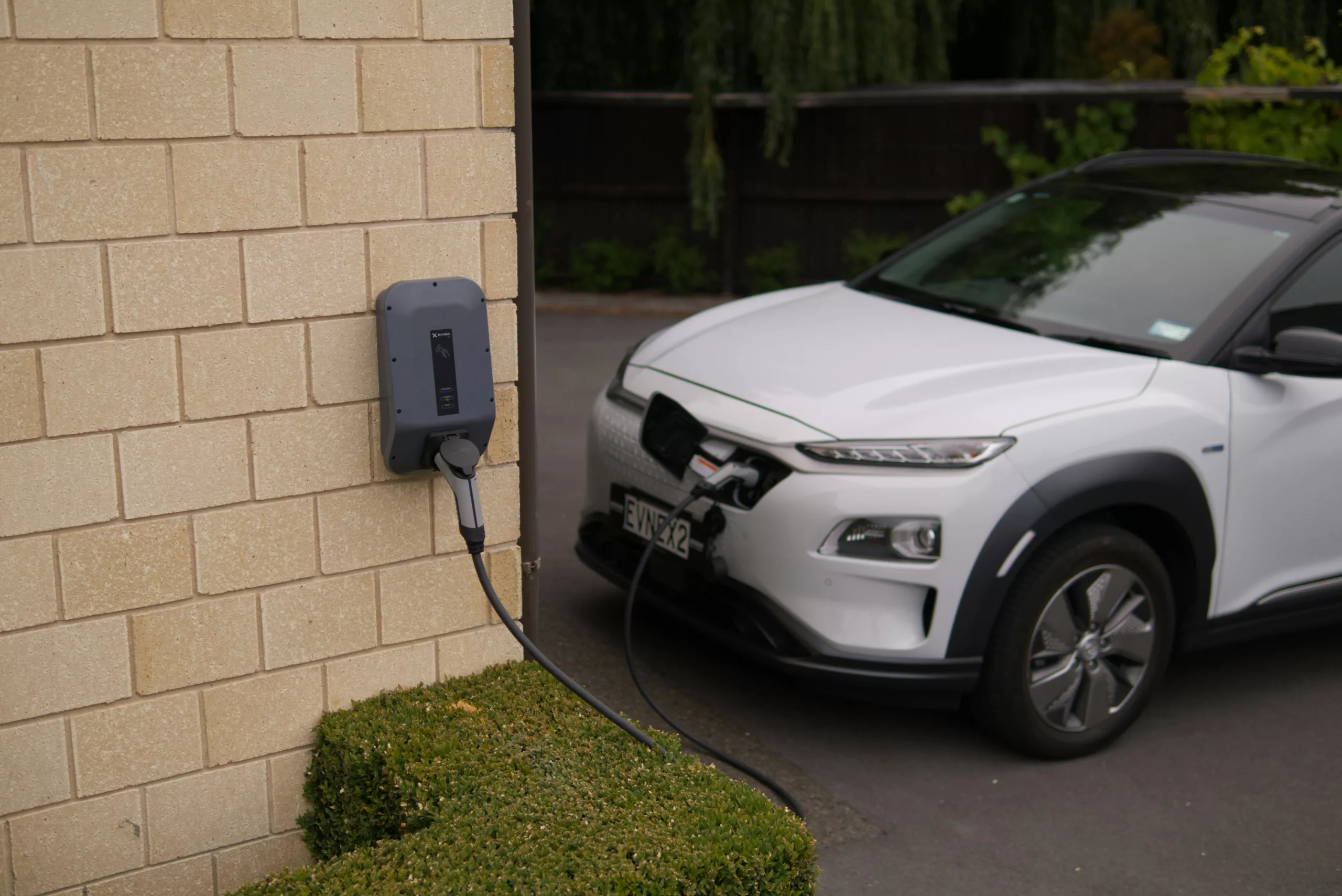In February, the German automobile market saw a sustained interest in plug-in electric vehicles (EVs), achieving a 19.3% market share, albeit slightly muddied from the late December shake-up in subsidies. The EV landscape presented a contrasting picture with battery electric vehicles (BEVs) experiencing a 15% year-on-year volume dip, while plug-in hybrid electric vehicles (PHEVs) surged by 22%. Overall, the country recorded 217,383 new auto registrations, marking a 13% decline from the pre-2020 seasonal average of roughly 250,000 units. Amidst these fluctuations, the Tesla Model Y emerged as the top-selling BEV.
Monthly Electric Vehicle Statistics
Diving into the specifics, BEVs commanded a 12.6% slice of the market and PHEVs held a 6.7% share in February. These figures show a slight deviation from the previous year’s tally, which was at 21.5% for EVs, split between 15.7% for BEVs and 5.8% for PHEVs. The alteration in consumer behavior can be linked to the unexpected removal of purchase incentives for BEVs in December, prompting a market recalibration yet to settle. Whereas PHEVs have already adjusted to the incentive reduction from January 2023, finding relative stability around a 7% market share.
For deeper insights into the incentive changes and their impact on the market, a look back at last month’s report offers valuable context. With no discernible trends post-disruption, analysts are poised to wait until the latter half of the year to see the aftermath on powertrain shares.
BEV Sales Performance
The Tesla Model Y led February’s BEV sales with a staggering 5,408 units, outpacing the combined total of the four trailing models. The MG4, lauded as CleanTechnica’s 2023 Car of the Year for Europe, secured the runner-up spot, followed closely by the Skoda Enyaq. Post January’s policy alteration-induced volatility, most models returned to their average sales numbers.
Interestingly, the Dacia Spring‘s temporary price reduction to 12,750€—a direct response to the incentive withdrawal—propelled its ranking to the sixth position, significantly above its usual 15th place. This offers a glimpse into the potential of competitively priced simple BEVs in Europe, a scenario expected to evolve once the promotion concludes in April.
The Volvo EX30, a newcomer, maintained its top 20 standing since its November launch, promising further ascension in the rankings. Meanwhile, the Audi brand witnessed a subtle increase in registrations, signaling a gradual ramp-up. February also introduced the Vinfast VF8, debuting with 10 units, hoping to make its mark in Germany’s competitive automotive sector.
Market Share Dynamics
There was little shuffle in the auto market’s power dynamics. Volkswagen Group sustained a robust lead with a 26.8% market share. Stellantis slipped to the fourth position, whereas BMW and Tesla capitalized on the shift, improving their standings. Lower-tier brands saw minimal movement in market share, though Volvo’s EX30 could disrupt Geely’s position in upcoming months.
Economic Outlook and the Automotive Sector
With the broader German economy grappling with a recession and negative year-on-year GDP scores in the third and fourth quarters of the year, and inflation showing modest signs of cooling, anticipations for the auto sector remain guarded for 2024. Nonetheless, BEVs are expected to gradually carve out a larger market share, underpinned by their long-term cost-saving advantages.
